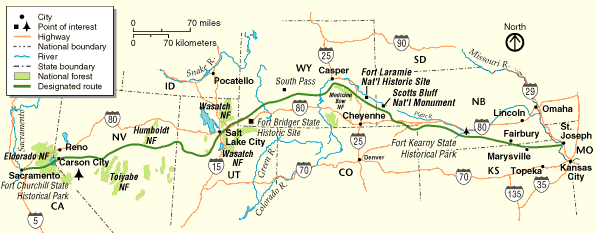
I am getting ready to head out for my road trip west. I recently got an opportunity to visit the Pony Express National Museum and am going to tailor my route west to follow (for the most part) the Pony Express route.
The Pony Express was a fast mail service crossing the North American continent from St. Joseph, Missouri, to Sacramento, California, from April 1860 to October 1861. It became the nation’s most direct means of east-west communication before the telegraph and was vital for tying California closely with the Union just before the American Civil War.
Once telegraph service was extended between Sacramento and Salt Lake City, the Pony Express was no longer viable as a money making operation. So in a way – Morse Code killed the Pony Express.
I am going to try to stop at some of the original Pony Express stops as well as other points of interest (like Fort Kearny, NE).
For those interested in following my progress west from the Missouri River to the California Sierra Nevada, I will be using APRS. I will also be looking for HF contacts to keep me entertained on the drive, so keep an ear out for me on 40M and 20M.
Departure time is set for early Tuesday morning. Tomorrow I need to pack.

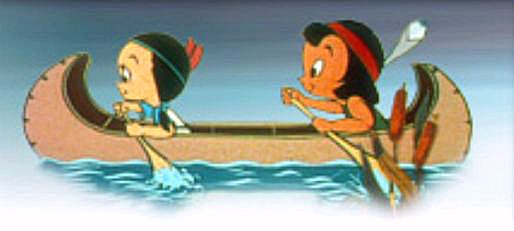
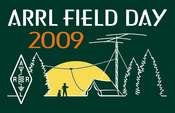 The clock is ticking and the time is now to get ready for Field Day. My station will consist of the
The clock is ticking and the time is now to get ready for Field Day. My station will consist of the 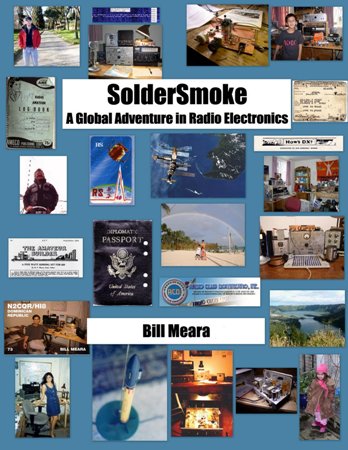 SolderSmoke: A Global Adventure in Radio Electronics, by Bill Meara, N2CQR, takes the reader on a journey into the magic of radio and the essence of the amateur radio hobby. The book is both a personal journal and a workbench notebook. Bill weaves together his exploration of radio through both his experiences since joining the hobby as a boy and the continual development of his conceptualization and resulting understanding of the basics of electronics. With a liberal arts education, Bill’s exploration of electronics becomes a passionate pursuit driven by questions not easily explained by standard text book answers. Anyone who has enjoyed listening to a
SolderSmoke: A Global Adventure in Radio Electronics, by Bill Meara, N2CQR, takes the reader on a journey into the magic of radio and the essence of the amateur radio hobby. The book is both a personal journal and a workbench notebook. Bill weaves together his exploration of radio through both his experiences since joining the hobby as a boy and the continual development of his conceptualization and resulting understanding of the basics of electronics. With a liberal arts education, Bill’s exploration of electronics becomes a passionate pursuit driven by questions not easily explained by standard text book answers. Anyone who has enjoyed listening to a 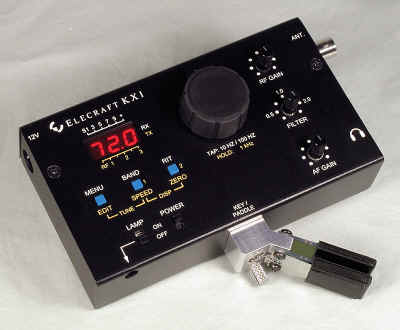 It has been a long time goal to be able to sit in a comfy deck chair out in the backyard and have CW QSOs using my
It has been a long time goal to be able to sit in a comfy deck chair out in the backyard and have CW QSOs using my